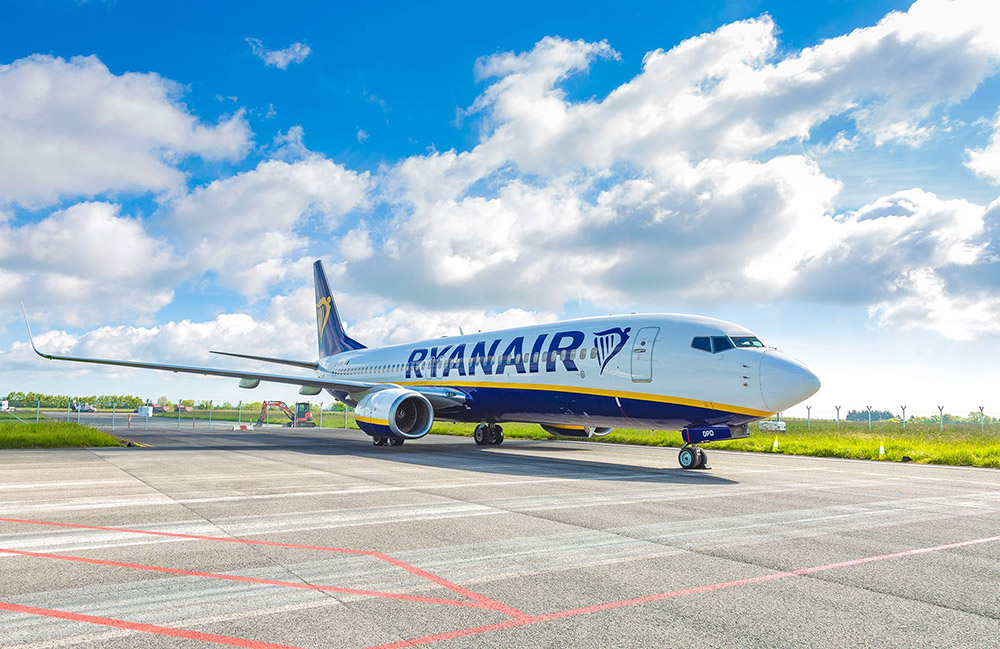London City Airport (LCY) stands out for its small size and unique operational setup. With a single runway under 5,000 feet long, built on a former dock converted into a fixed pier, it is the smallest of London’s six commercial airports, each catering to different markets and operators.
London Heathrow (LHR), the city’s main airport, serves as a hub for British Airways and Virgin Atlantic, and offers global connections with international airlines. Due to the strict slot restrictions, Heathrow is almost always operating at full capacity, leading airlines to buy and sell landing slots at a premium, sometimes reaching millions. This high cost deters low-cost carriers, with only a few, such as Vueling, flying from Heathrow.
In contrast, budget airlines operate extensively at other London airports like Gatwick (LGW), Stansted (STN), Luton (LTN), and Southend (SEN), where they base entire operations and serve a wide range of destinations. These airports thrive on budget airline traffic, but their distance from Central London can be a downside for passengers.
Despite its central location, London City Airport (LCY) has yet to attract low-cost carriers, and the likelihood of this changing soon seems slim. While LCY lacks the slot restrictions that limit Heathrow, its higher operational costs make it less appealing to budget airlines.
High Operating Costs at LCY
London City Airport charges higher landing and takeoff fees, as well as gate charges, making it less attractive to low-cost carriers. Situated next to London’s financial district, the airport serves a business-oriented market, particularly those working in Canary Wharf. The airport’s owners, including the Ontario Teachers’ Pension Fund and the Kuwait Investment Authority, are focused on profitability, which means lowering fees isn’t likely to be part of their long-term plan, according to The Guardian.
As a result, budget airlines would struggle to make a profit at LCY, as ticket prices would need to be higher, making passengers more likely to choose full-service airlines. Legacy carriers are in a stronger position at LCY, as they can command higher fares. Airlines such as British Airways, KLM, and Lufthansa are among those that serve the airport, offering business-focused routes.
Related post: This is why Ryanair won’t have free WiFi anytime soon

Smaller Aircraft Required for LCY Operations
LCY’s runway size restricts operations to smaller aircraft, requiring special training for pilots and crews to handle the steep 5.5-degree takeoffs and landings. The largest aircraft capable of flying in and out of LCY are regional jets like the Airbus A318, Embraer E195-E2, and Airbus A220. These smaller planes are less efficient for budget airlines, who traditionally rely on fleet commonality to keep costs low.
Low-cost carriers like Ryanair and easyJet purchase aircraft in bulk, allowing them to negotiate steep discounts with manufacturers. The need for specialized, smaller planes would force budget airlines to break this cost-saving model, making LCY an unattractive option for them.
The Challenges for Low-Cost Airlines at LCY
For low-cost airlines to operate at London City Airport, they would need to make significant changes—likely investing in a new fleet of smaller aircraft, or a major overhaul of the airport’s infrastructure and cost structure. However, with growing environmental concerns and opposition from local communities, it’s unlikely that the necessary changes will occur in the near future.
In conclusion, while LCY’s central location offers many benefits for passengers, its high costs, infrastructure limitations, and smaller aircraft requirements make it a difficult proposition for low-cost airlines. As a result, the airport will likely remain focused on its current business-oriented carriers rather than attracting budget operators.

